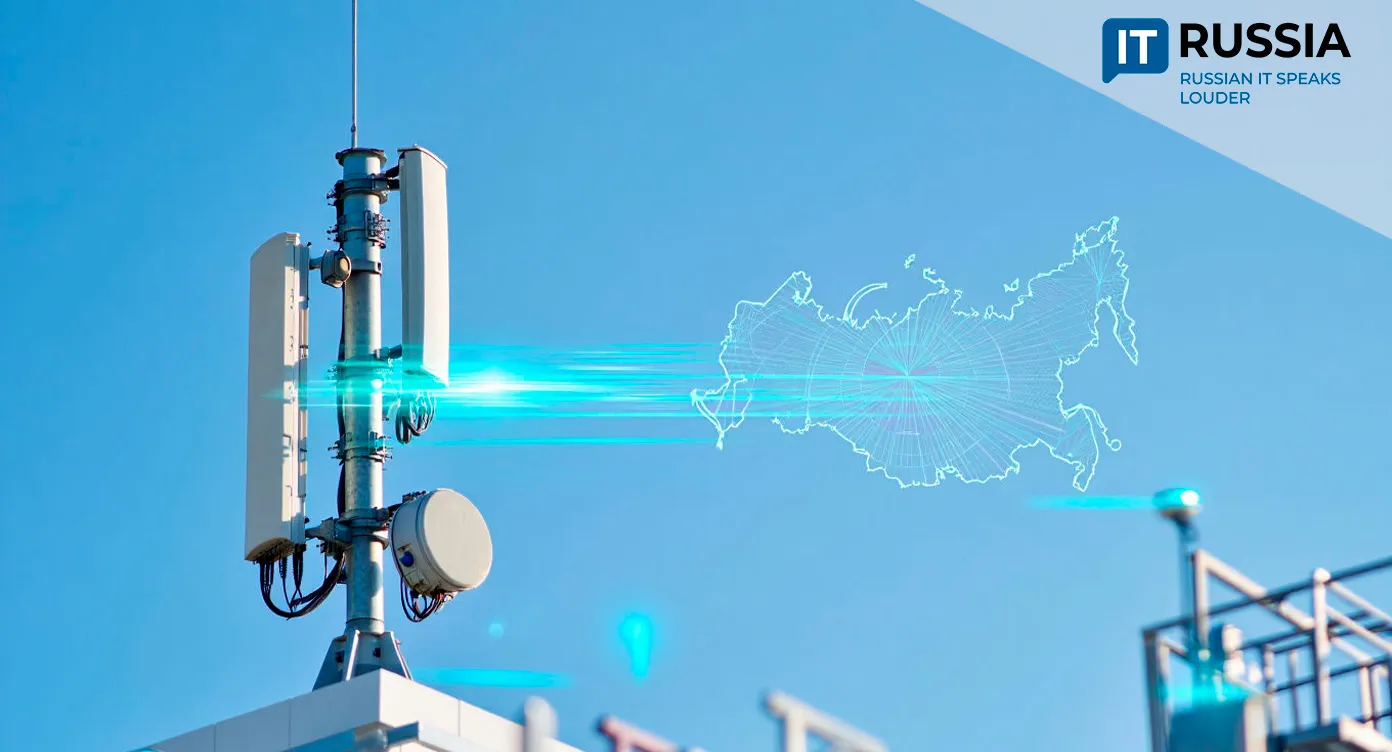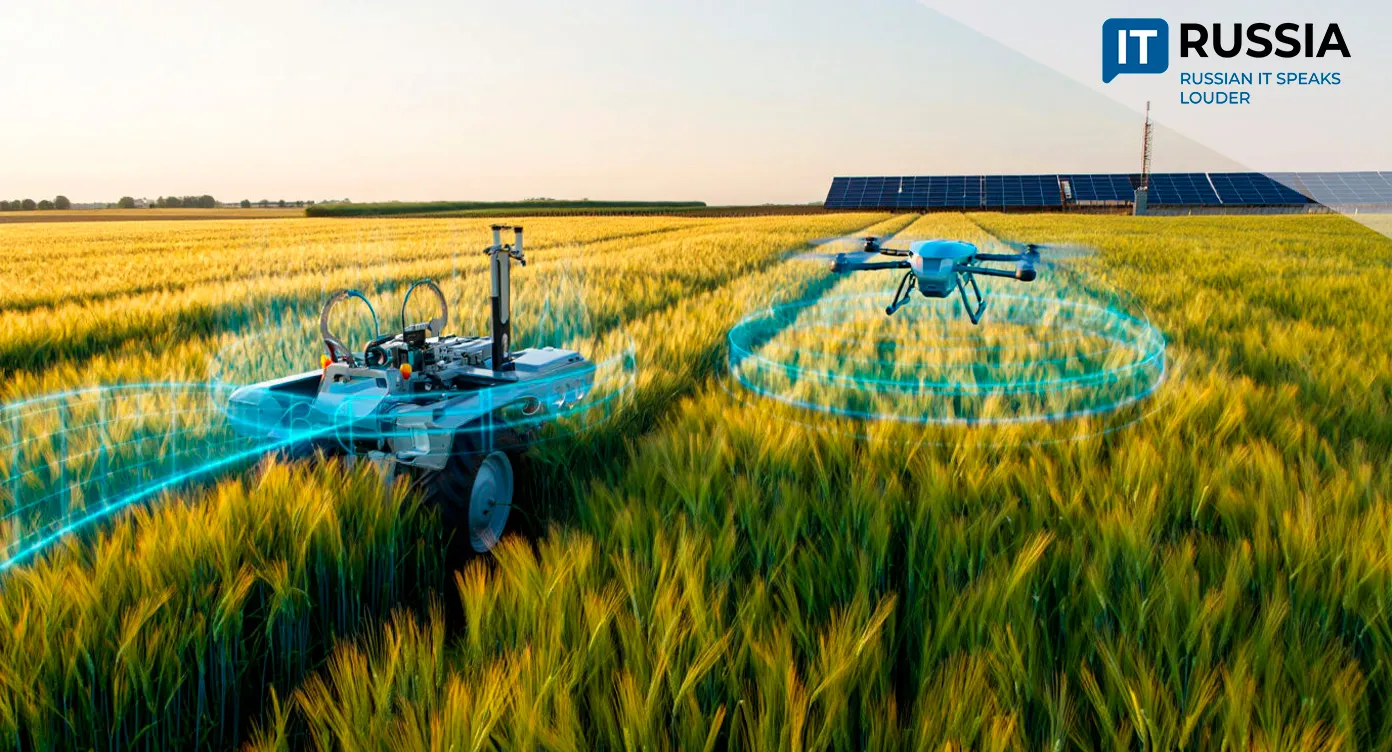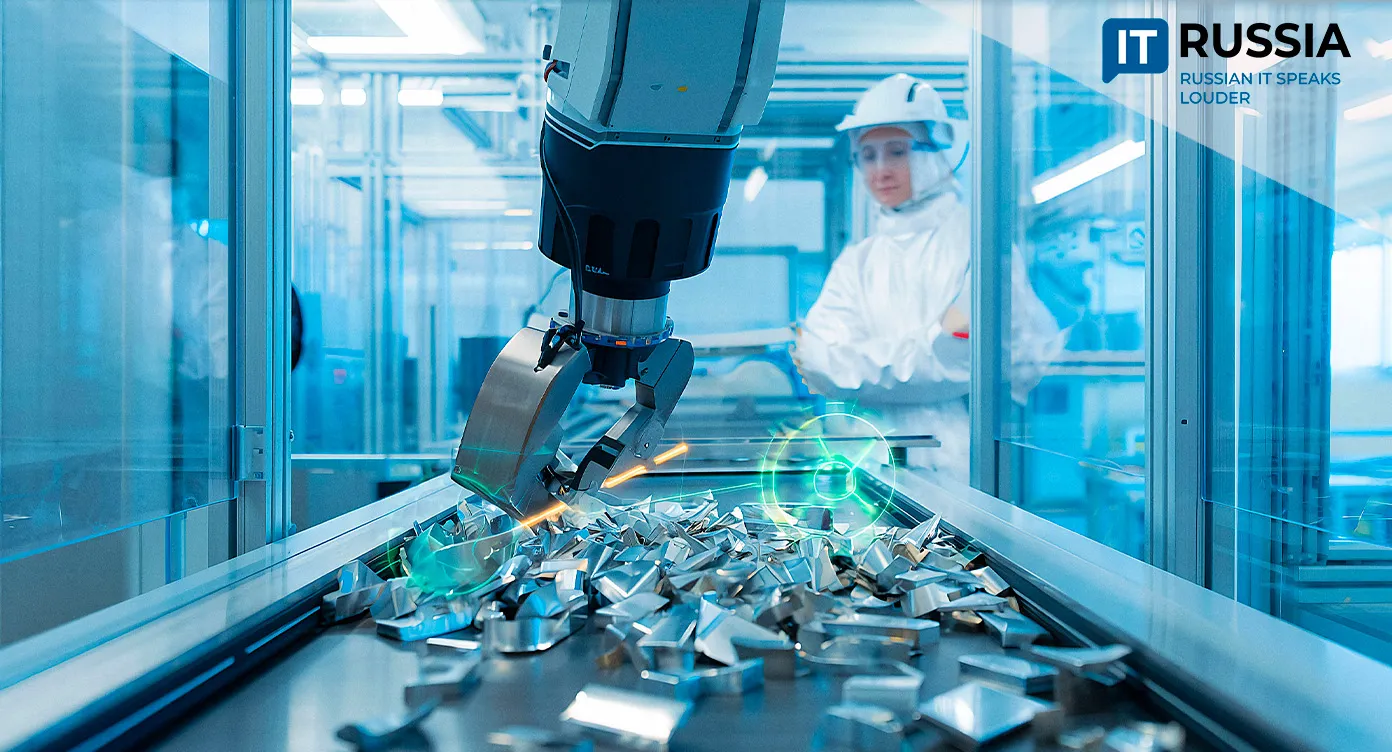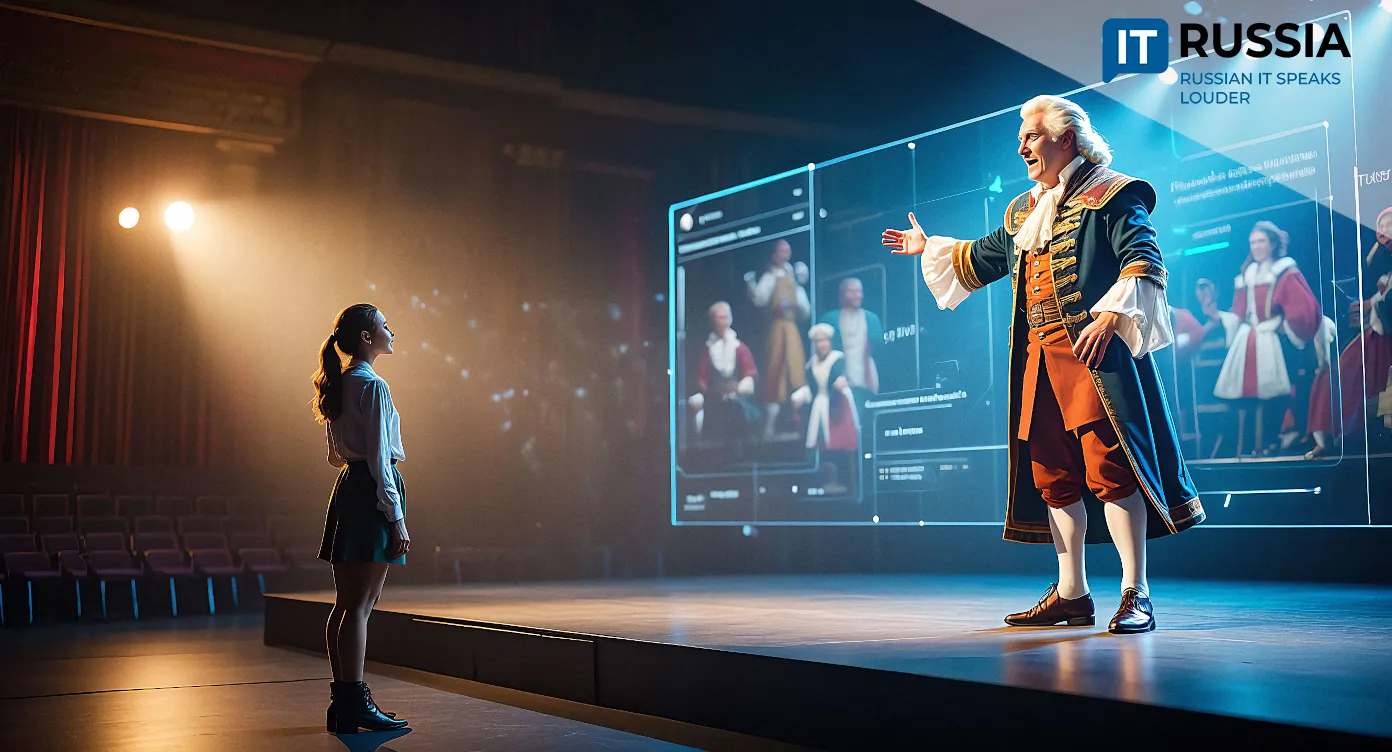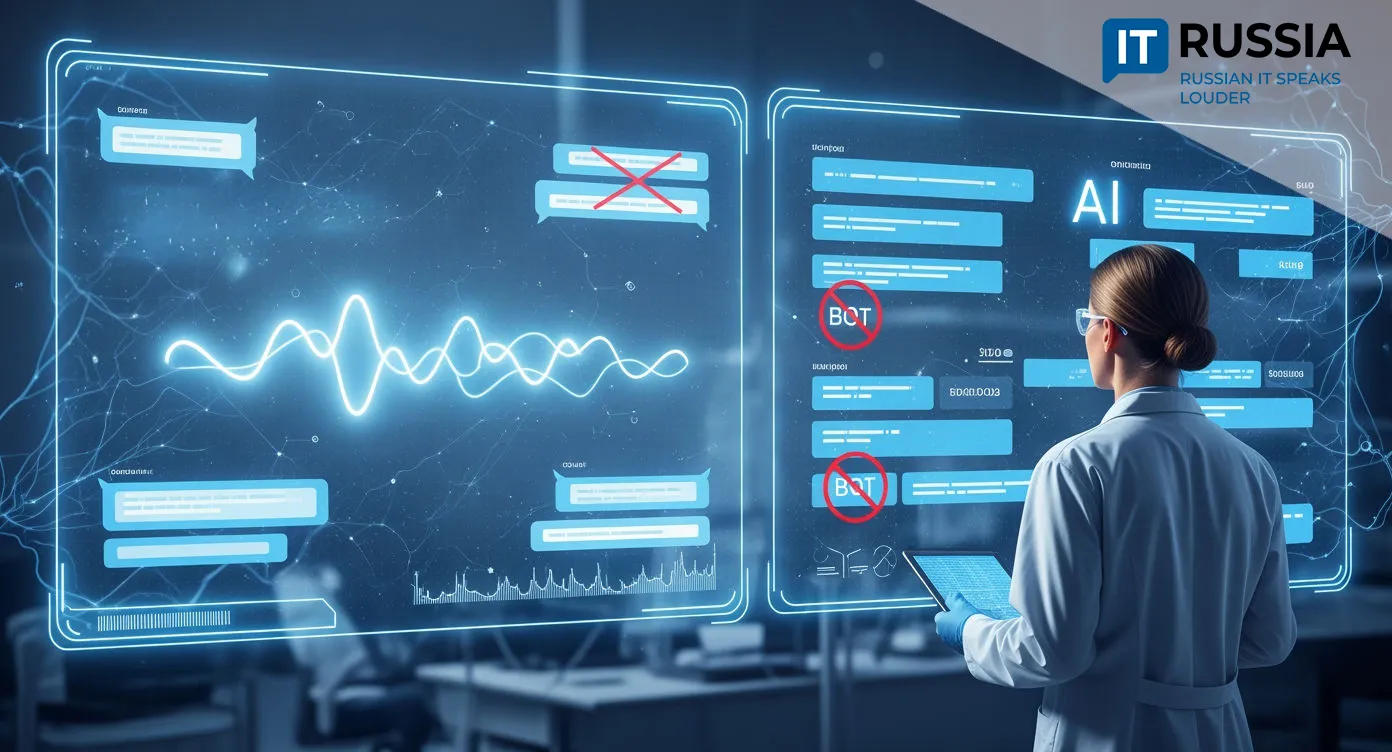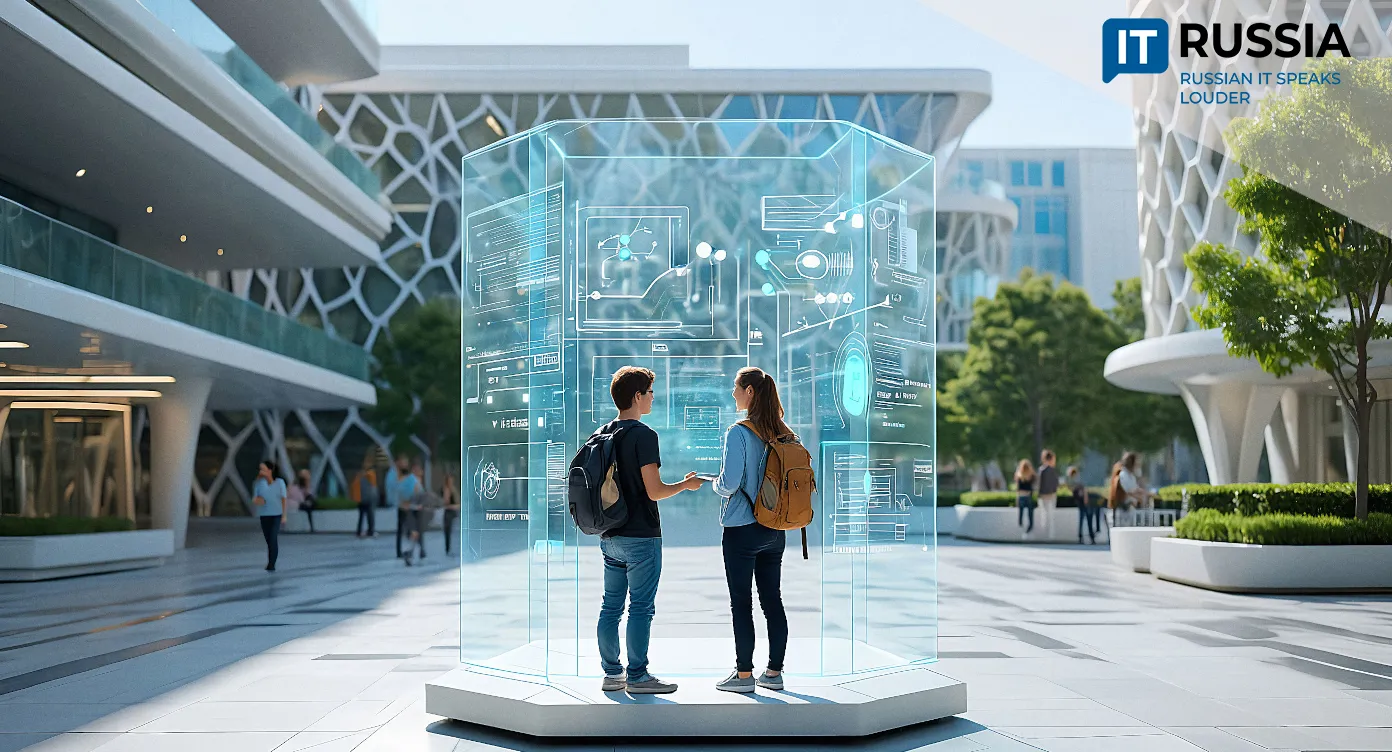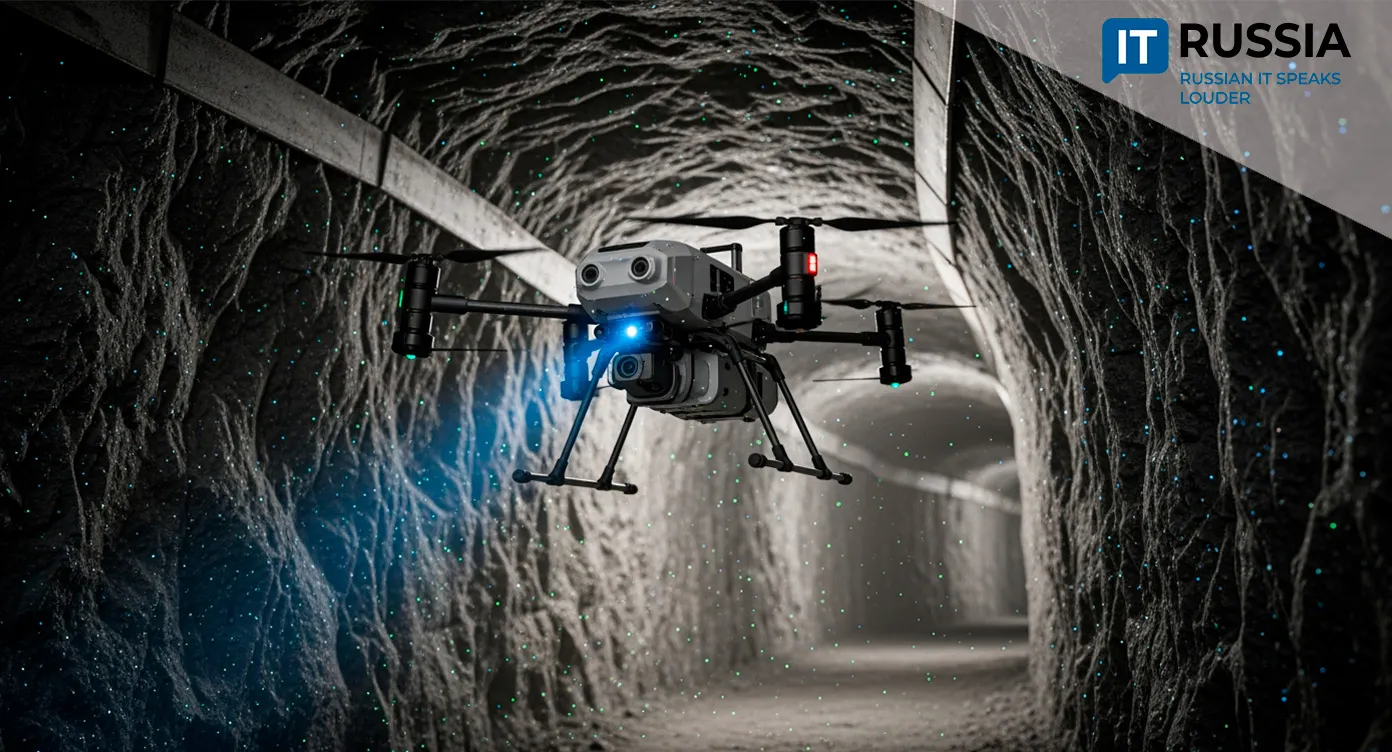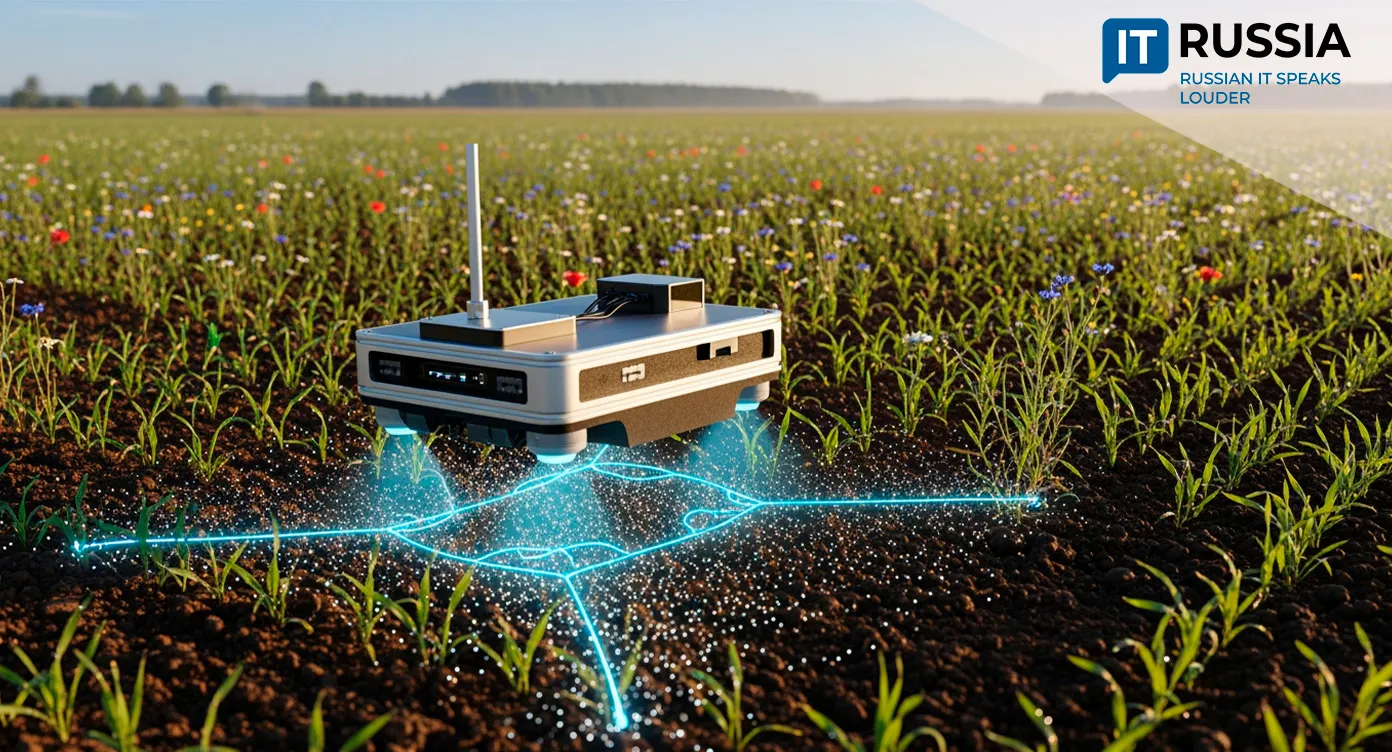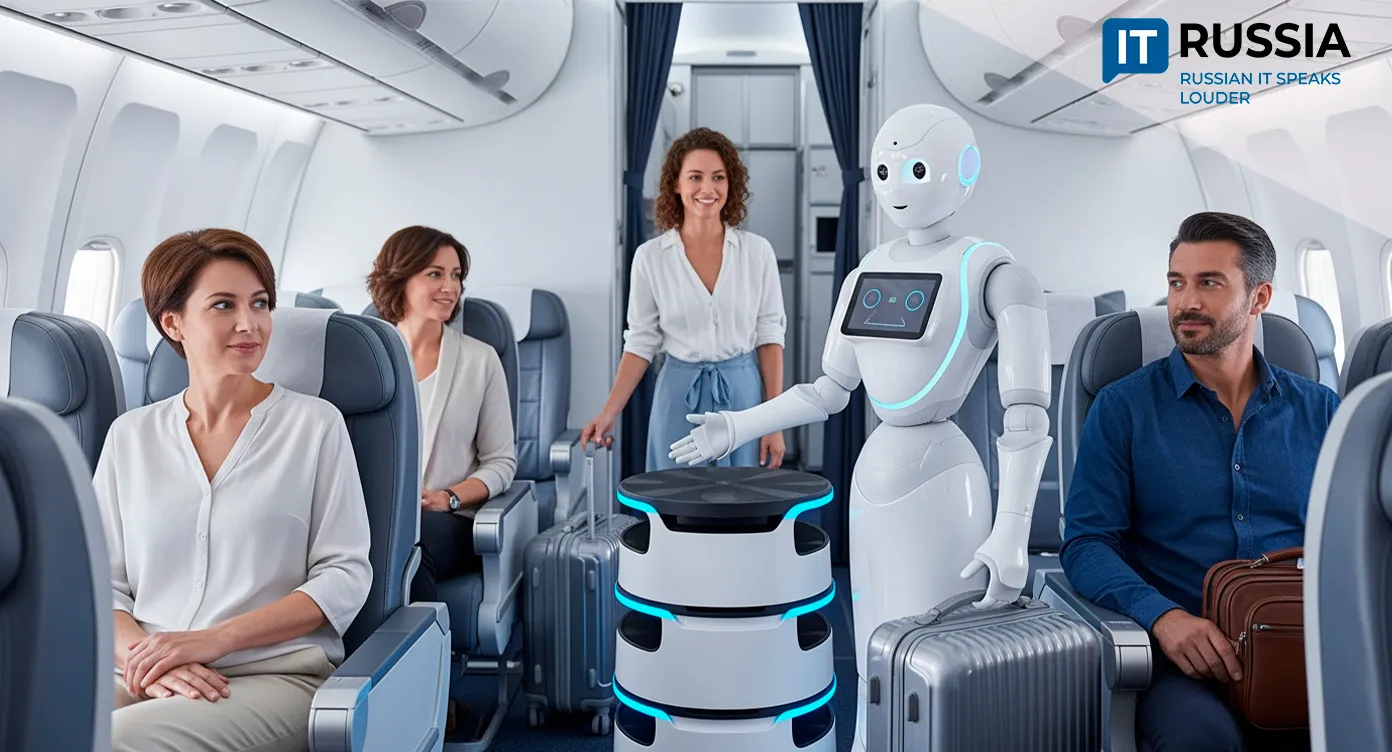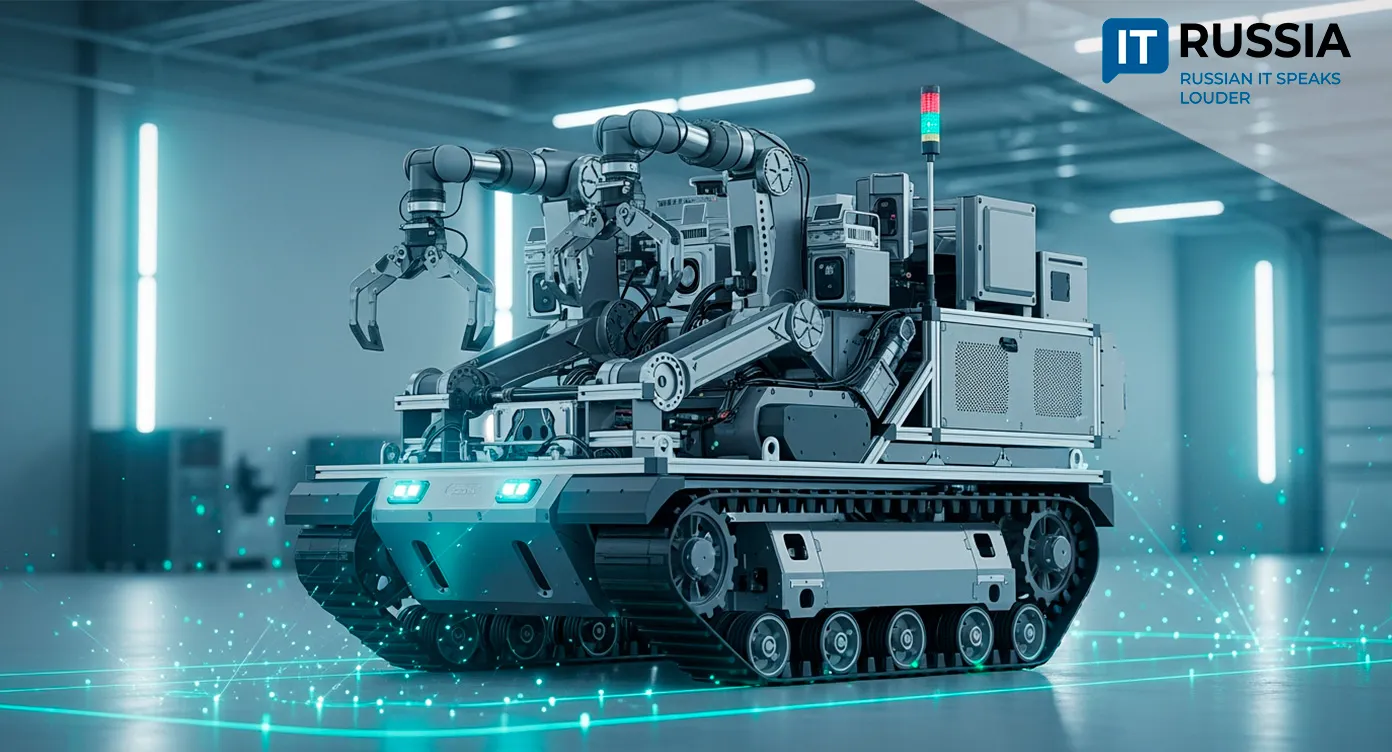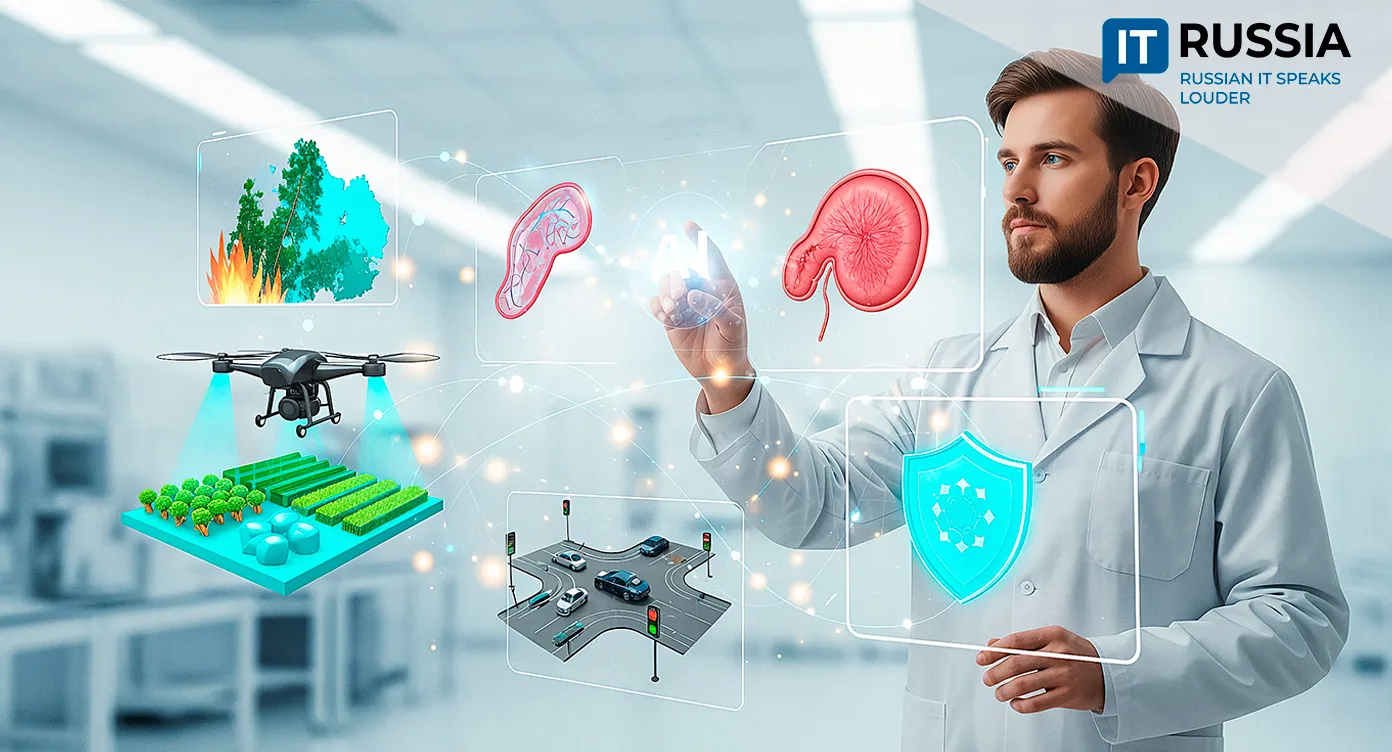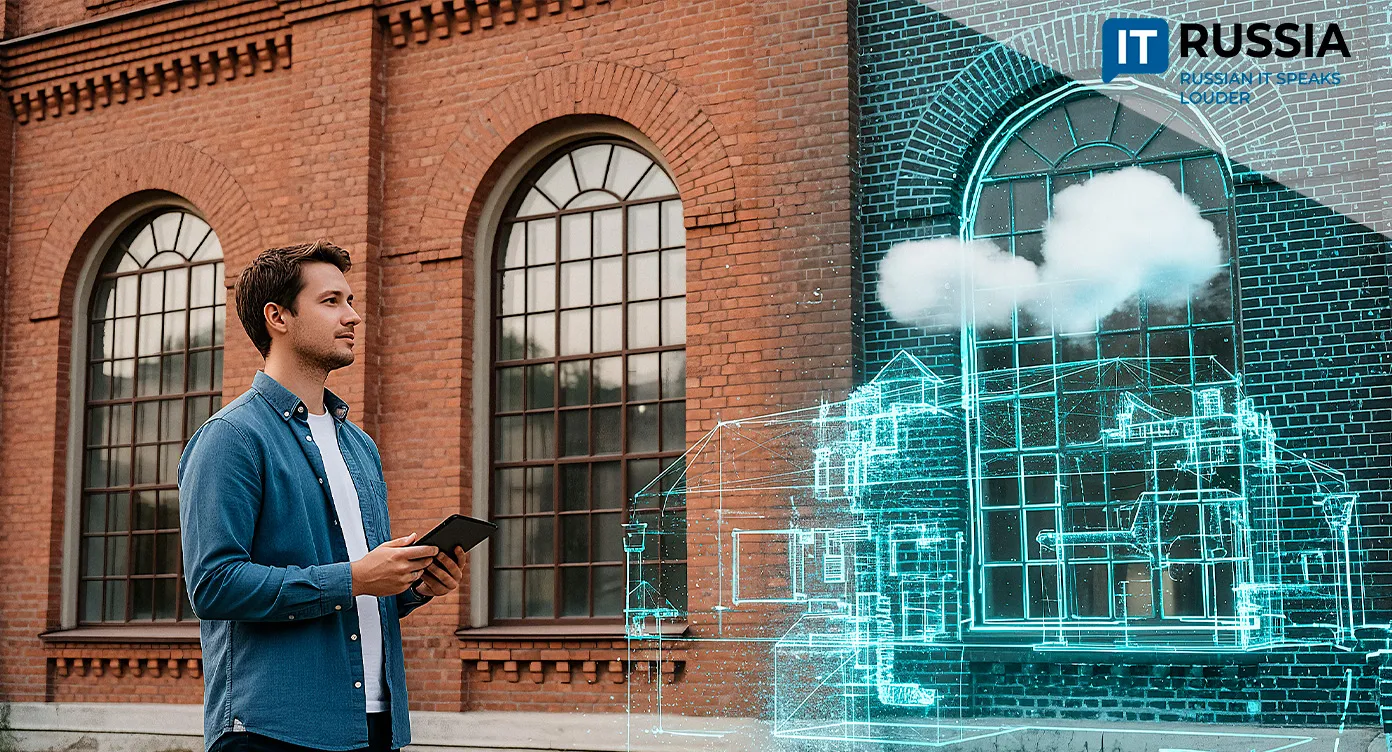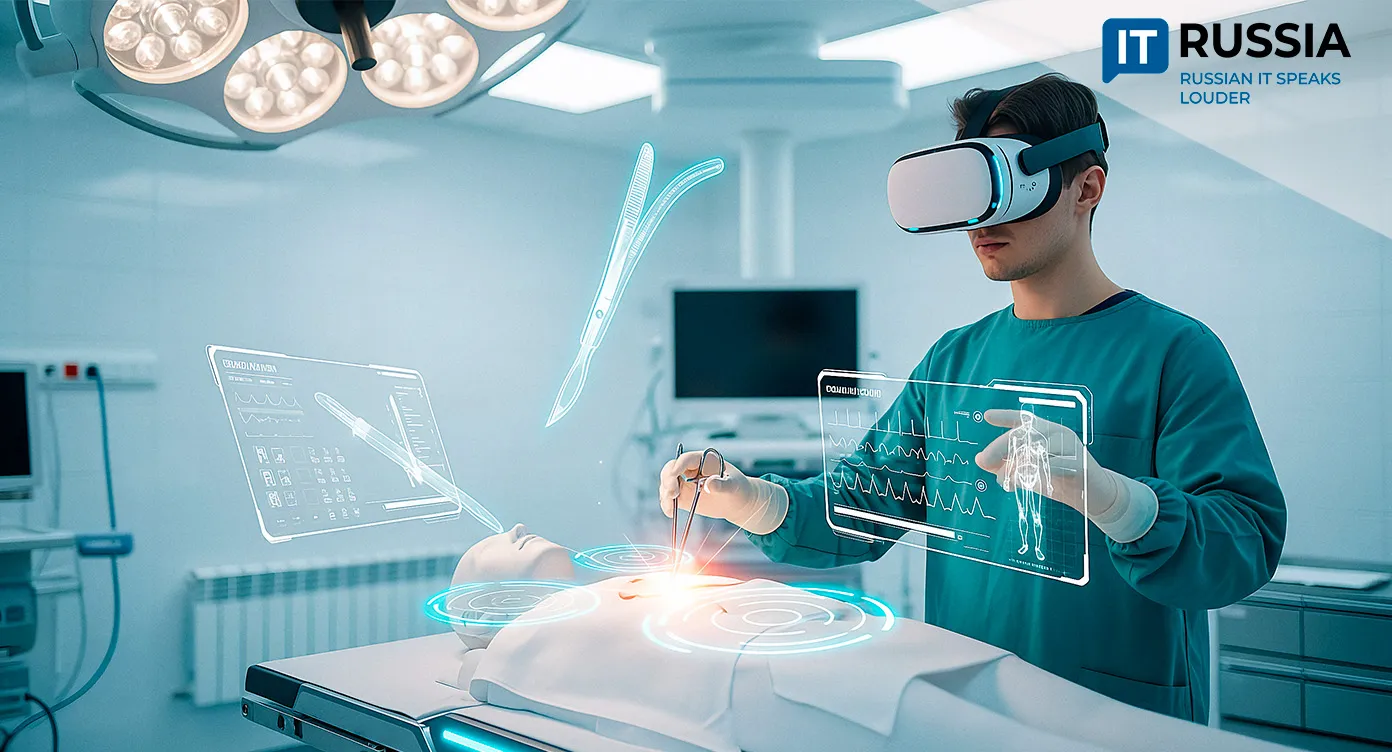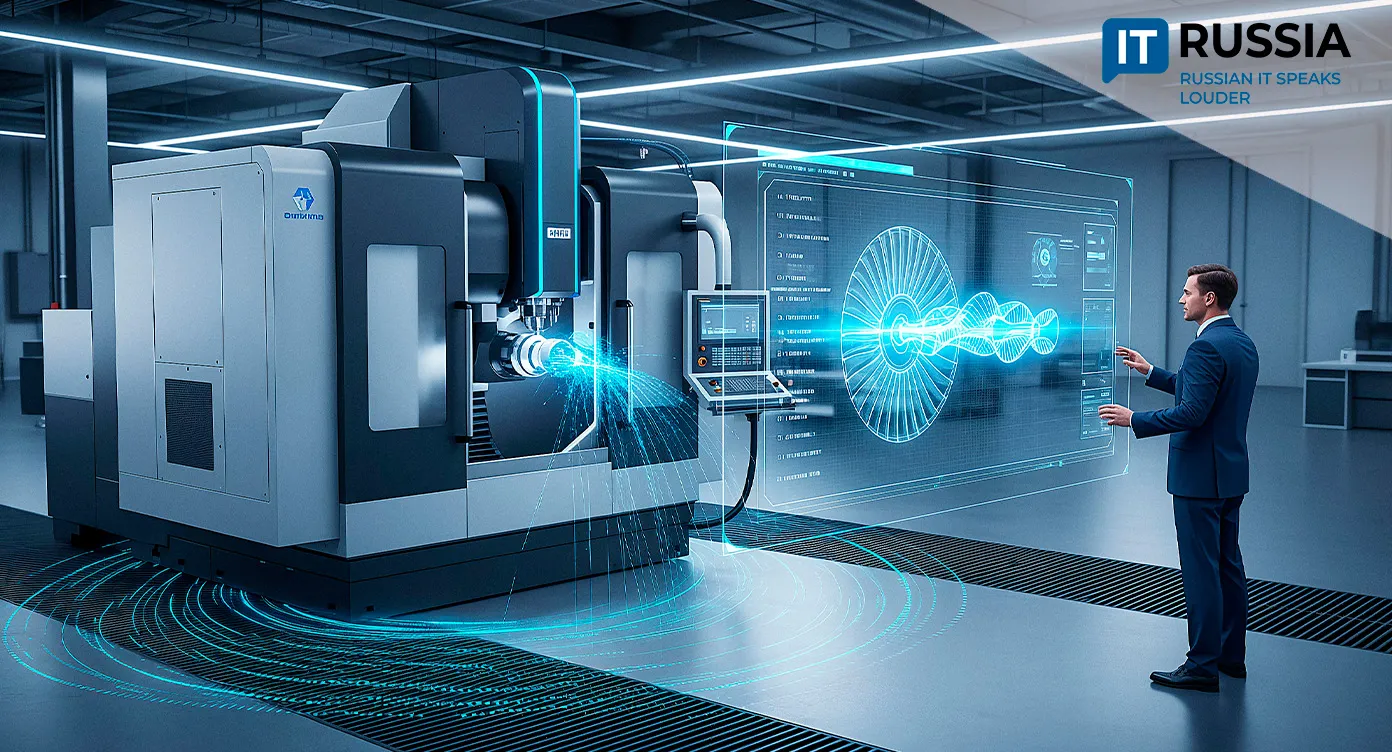Seres Turns Its Vehicles Into Integrated Digital Platforms
Seres’ newest vehicles are becoming full-scale digital platforms, integrating Russian-made connected-car services that enhance safety, convenience, and driver engagement while reducing dependence on foreign systems.
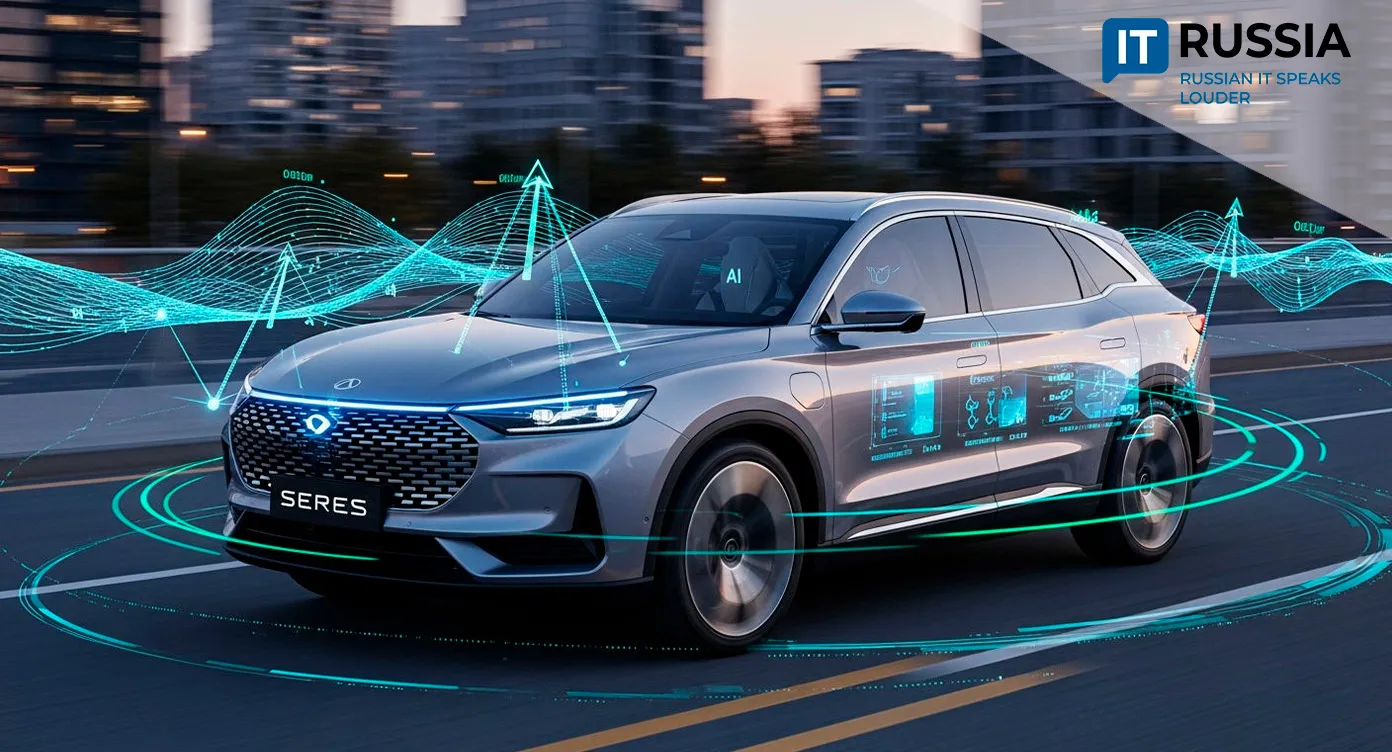
A Car That Doubles as a Digital Terminal
Seres has begun supplying its premium M7 and M5 crossovers in Russia with the preinstalled PlayAuto Lite system, developed by tech company Navio. The platform aggregates the full suite of digital services from Sber and partner companies directly into the vehicle’s infotainment system — eliminating the need to switch between smartphone apps.
Navigation is powered by 2GIS maps covering more than 1,000 cities in both online and offline modes, with live updates on traffic, parking, speed limits, and enforcement cameras. A notable innovation is the real-time traffic-light countdown available in Moscow, helping drivers time acceleration and braking.
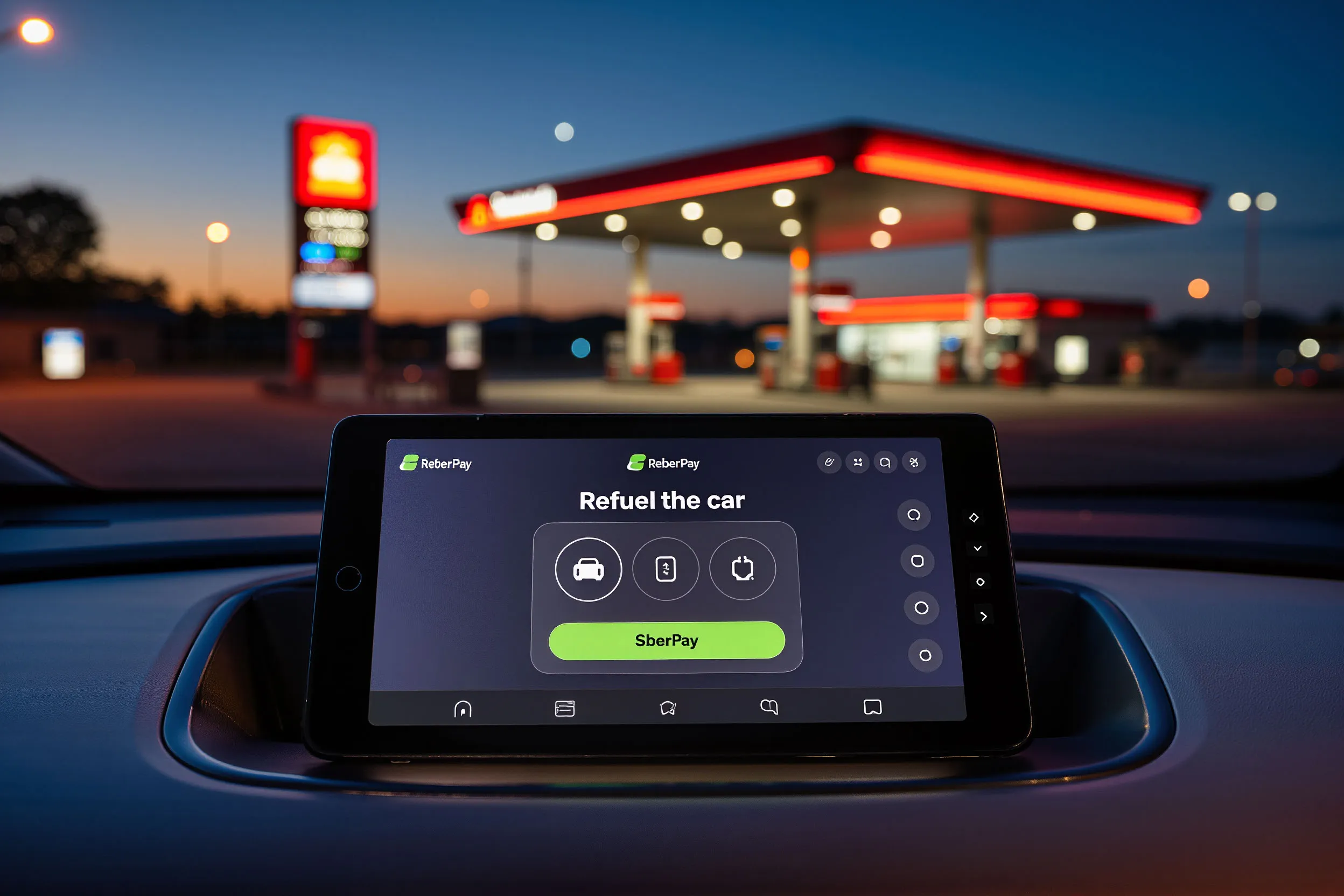
The ZVUK streaming service gives users access to millions of HiFi tracks, podcasts, audiobooks, and children’s content for SberPrime subscribers.
A key feature is the “Refuel Car” service, enabling drivers to pay for fuel directly from the vehicle using SberPay and loyalty bonuses from SberSpasibo. The GigaChat AI voice assistant provides hands-free control over routing, calls, and media. Access is unified through Sber ID.
All core features — navigation, online radio, AI assistant, and fuel payments — are free and do not require registration, lowering barriers for mass adoption. Vehicles equipped with the new multimedia system are already available at Seres dealerships.
Expanding Russia’s Connected-Car Ecosystem
For consumers, the integrated Sber ecosystem offers safer, simpler interaction with financial, navigation, and entertainment tools while driving. For Russia, it demonstrates the domestic capability to build connected-car solutions independent of Google Automotive Services or Apple CarPlay.
Seres benefits from stronger premium positioning as customers receive a modern, ready-made digital environment.
Scalability is a strategic advantage. At the St. Petersburg International Economic Forum in June 2025, Russia announced a multimedia software platform for cars featuring Sber and other Russian technology partners. The platform will debut in the Lada Azimut crossover, scheduled for production in 2026 — marking the first time a mass-market Russian vehicle receives a full suite of premium-grade digital services.
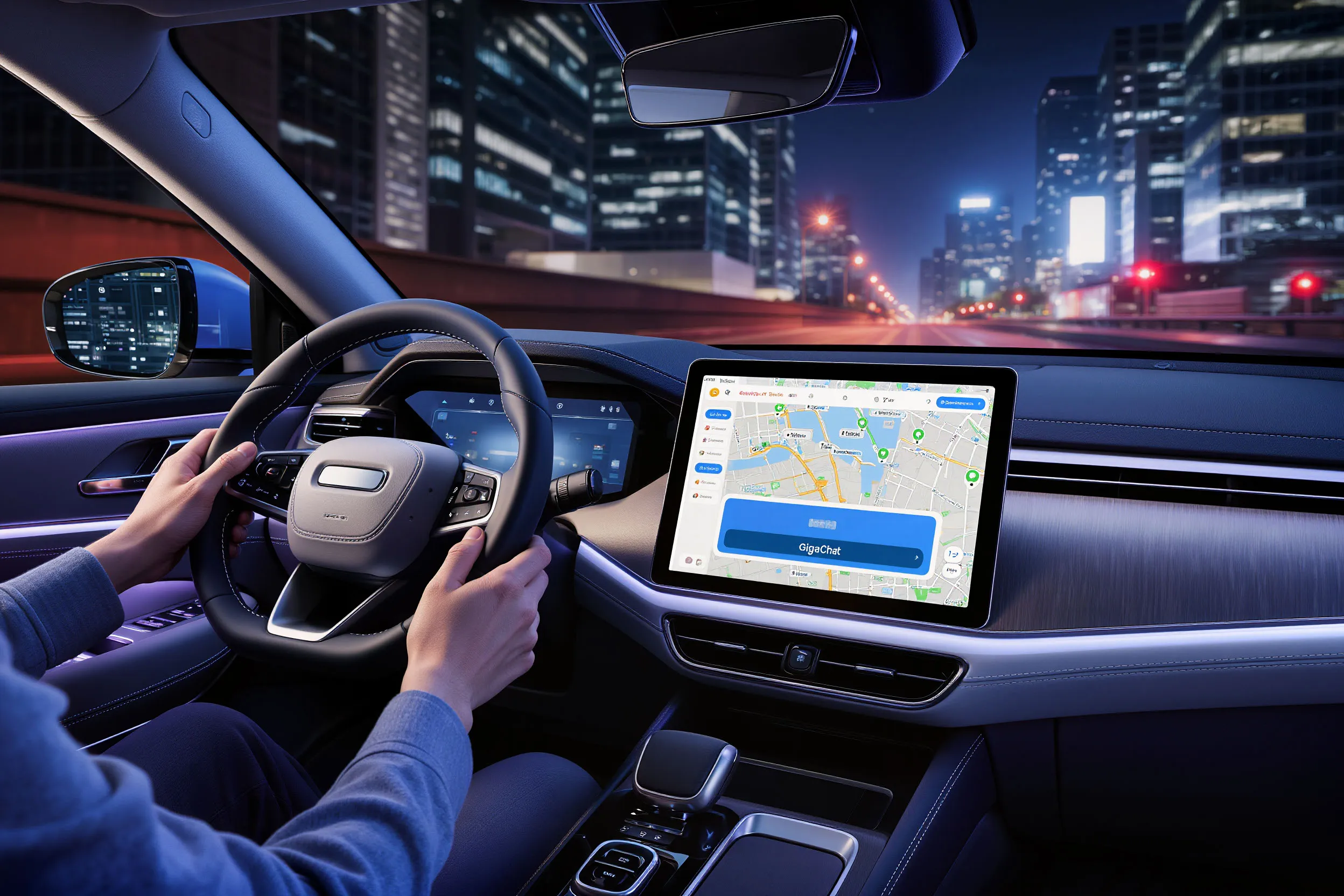
The next step is deeper AI integration at the automotive-electronics level, enabling autonomous emergency calls and predictive diagnostics.
PlayAuto is flexible across segments — from premium foreign brands like Seres to Russian mass-market models — and can be installed at the factory or dealership. Demand for the Sber auto ecosystem is strong: more than 650,000 customers used the platform within the first months of launch, searching for auto loans, insurance, secure transactions, car-sharing, and service options.
Evolution of Russia’s Digital Automotive Platforms
The Seres–Navio–Sber project builds on years of Russian advancement in in-car software. In 2021, 2GIS became the first Russian navigator to support Android Auto. In 2024, Sber consolidated auto-related services under one umbrella: credit, insurance, secure purchases, car-sharing, and maintenance.
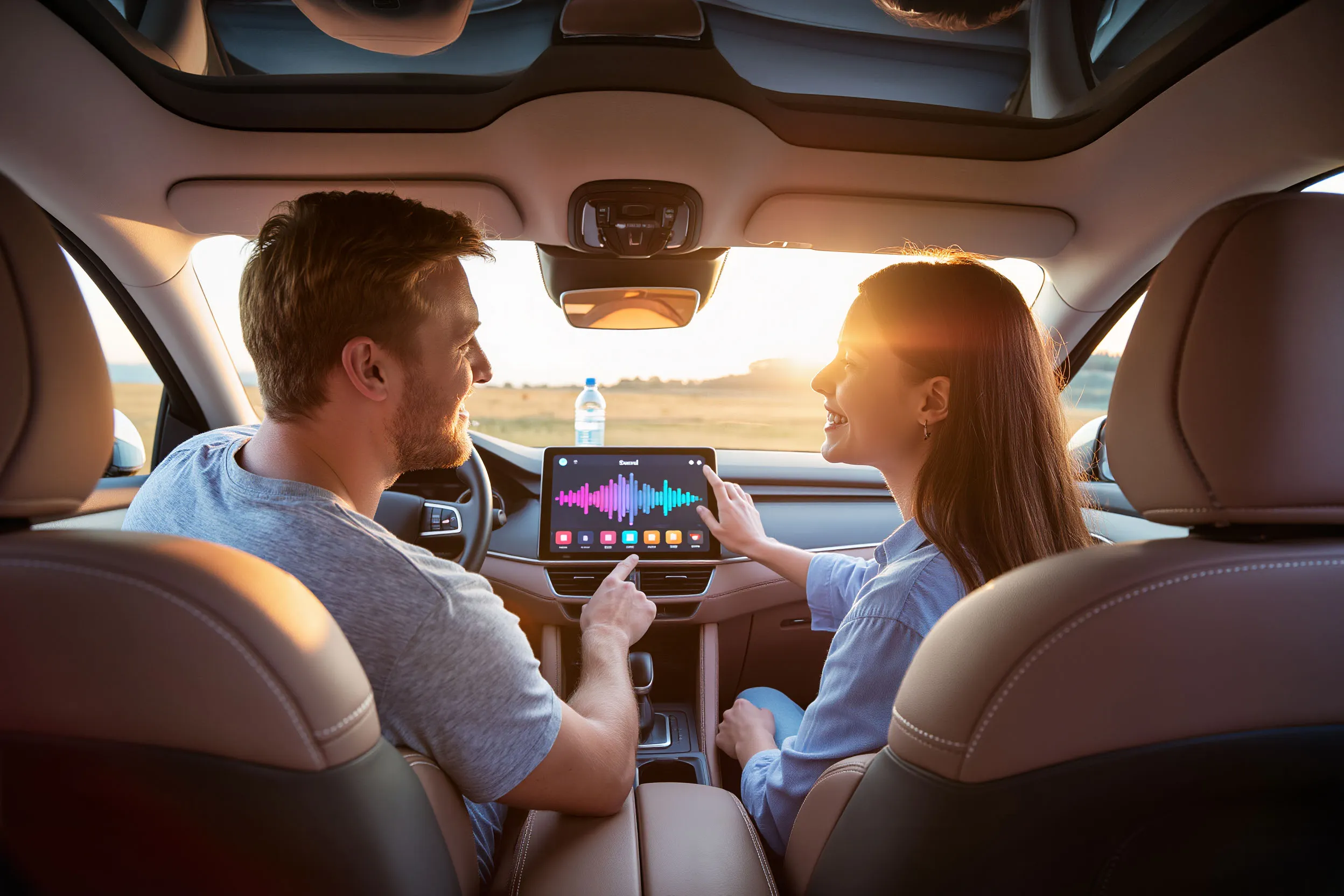
In June 2025, Sber and AvtoVAZ announced a strategic partnership to integrate Sber services into the Lada Azimut. Meanwhile, Android Automotive OS expanded support for Russian apps, enabling deeper integration.
By 2027, broader adoption of Sber’s services across Chinese and Russian manufacturers is expected. By 2030, Lada Azimut is projected to feature full Sber integration, with additional models adopting tiered service packages. AI capabilities will expand to predictive interactions, not just command-based control.
After 2030, Russia aims to establish its domestic digital automotive platform as the standard across CIS markets, with potential commercialization in BRICS countries where demand for non-Western alternatives is growing.



